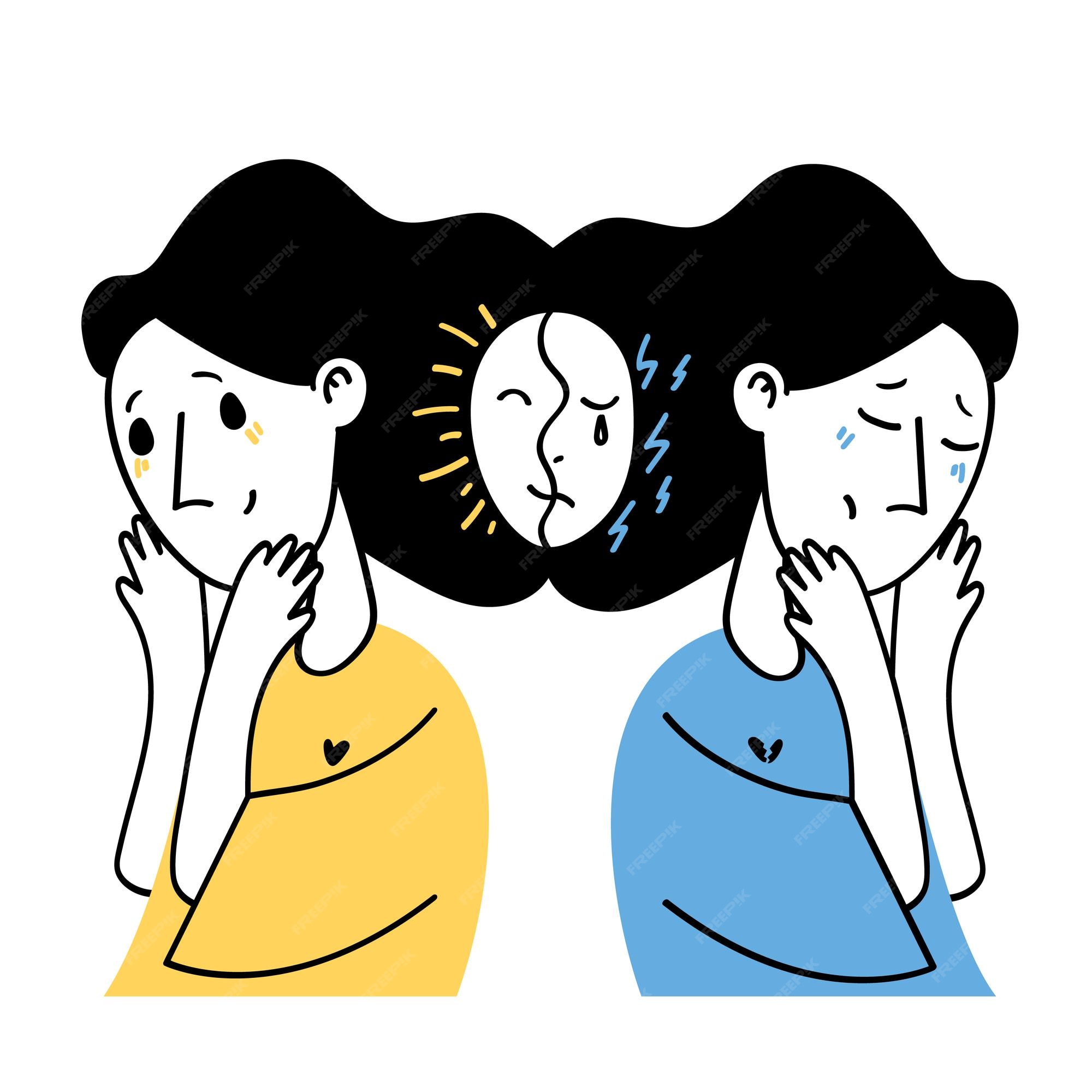Bipolar Disorder in Women: An Overview
4 minuteRead

Every 25 minutes, an Indian housewife commits suicide. According to recently released statistics from the government's National Crime Records Bureau (NCRB), women killed themselves in more than 50% of the suicides reported in India in 2020. Experts believe that these numbers are inaccurate and far below the actual number of suicides in India.
Unaddressed mental health challenges result in suicide over time. In light of this, it is very important for us to pay attention both to our mental health and to the women around us who are important to us.
An important category of psychiatric illness is mood disorders, including depression, bipolar disorder, and others. The different words used to describe mood include depressed, sad, empty, melancholic, distressed, irritable, elated, euphoric, manic, and gleeful. A certain mood becomes abnormal when it lasts for a long time and causes the person involved distress. One such illness is bipolar disorder, in which patients either only have manic episodes (euphoria/ extreme happiness and excitement) or both manic and depressed episodes.
In India, one out of 150 people suffers from bipolar disorder, with 70% of them left untreated. Men and women both suffer from it in similar ways, however, there are some noticeable differences in the symptoms. Let's discuss the distinctive effects of bipolar disorder on women.
What is Bipolar Disorder?
Bipolar disorder is a chronic mood disorder that causes intense mood changes, energy fluctuations, and behavior changes. The primary symptoms of bipolar disorder are manic and hypomanic (overactive) episodes, and the majority of those who have it also experience depressed periods. An individual has a higher risk of suicide during the depressive stage of bipolar disorder.

Bipolar Disorder Symptoms in Females: How Are They Different?
Bipolar disorder in women exhibits the same intense mood swings that it does in men, including episodes of mania (elevated mood) and depression. However, the way it affects women has certain distinctive features.
- Mixed mania and rapid cycling episodes are more common in women than in men.
- Women are more likely than men to experience severe depression linked to bipolar disorder.
- Women's occurrence of bipolar episodes may follow a seasonal rhythm, peaking in the fall and winter.
- Women are more likely than men to start showing symptoms of bipolar disorder later in life.
- Bipolar II, which is characterized mostly by hypomania, one of the types of bipolar disorder is more common in women than in males.
The symptoms of hypomania, a kind of mania with higher functioning, include:
- Feeling "high" and energized
- You don't feel like you need to go to sleep
- Having a constant stream of thoughts and acting rashly
Compared to manic episodes, hypomanic episodes are shorter-lived. Even if the emotions are strong, they usually don't interfere with your capacity to function. Hospitalization is not usually required for hypomania.
Bipolar disorder in women is more likely to have "mixed" episodes, which include elements of both mania/hypomania and depression. Additionally, they are more prone to "rapid cycling," which is in "rapid cycling," which is defined as experiencing four or more distinct episodes in a year.

The Biology Factor
Bipolar disorder is not brought on by the hormones connected to women's reproductive cycles, but they can make symptoms worse. For instance:
- Bipolar disorder symptoms may worsen during PMS, early menopause, and menopause.
- About one-quarter of women with bipolar disorder feel depression during PMS.
- Bipolar disorder can also be exacerbated by pregnancy and childbirth, with postpartum women experiencing a greater risk of onset or relapse.
- Postpartum psychosis, an uncommon but serious postpartum mood condition characterized by mania and the potential to damage oneself or the unborn child, is more common in women with bipolar disorder.
The fact that depressive episodes of bipolar disorder are more prevalent in women than in males may be the most alarming aspect of bipolar disorder symptoms in women. In women, depressive episodes often outweigh manic ones. In actuality, bipolar disorder in women is commonly misdiagnosed as a serious depressive disease.
Mania and depression both have hazards, but bipolar disorder's depressive episodes significantly increase the chance of suicide. In fact, compared to men with bipolar disorder, women are more likely to attempt suicide or die by suicide.
This is only one of many reasons why bipolar disorder in women must be identified correctly and treated timely.

Diagnosis, Treatment, & Management
An accurate account of the patient's medical and psychiatric history is necessary for the diagnosis of bipolar disorder. The next step is to perform a comprehensive medical examination to look for any potential medical causes of bipolar disorder symptoms.
To identify the type of bipolar disorder from its different types, a qualified mental health practitioner will carry out a detailed psychiatric evaluation.
Bipolar disorder needs lifelong management. Stabilizing the patient's mood is a top objective during treatment. A patient may be able to manage their symptoms with treatment or even become symptom-free for a period of time.
The treatment options for bipolar disorder include:
- Medication for bipolar disorder comprises of mood stabilizers, antidepressants, antipsychotics, and sedatives.
- Therapy
- Lifestyle changes

Summary
Although women are just as likely to have bipolar disorder as men are, it can be more challenging when it comes to receiving an accurate diagnosis since some of the symptoms may be gentler and because women experience more depression than manic.
Understanding the unique ways that bipolar disorder symptoms show might be beneficial if you are a woman experiencing these symptoms so that you can get the right diagnosis and care that you require and deserve.
Disclaimer: Always consult a doctor or a psychiatrist for medical advice.
Write, Record and Answer! Consume Unlimited Content! All you need to do is sign in and its absolutely free!
Continue with one click!!By signing up, you agree to our Terms and Conditions and Privacy Policy.










